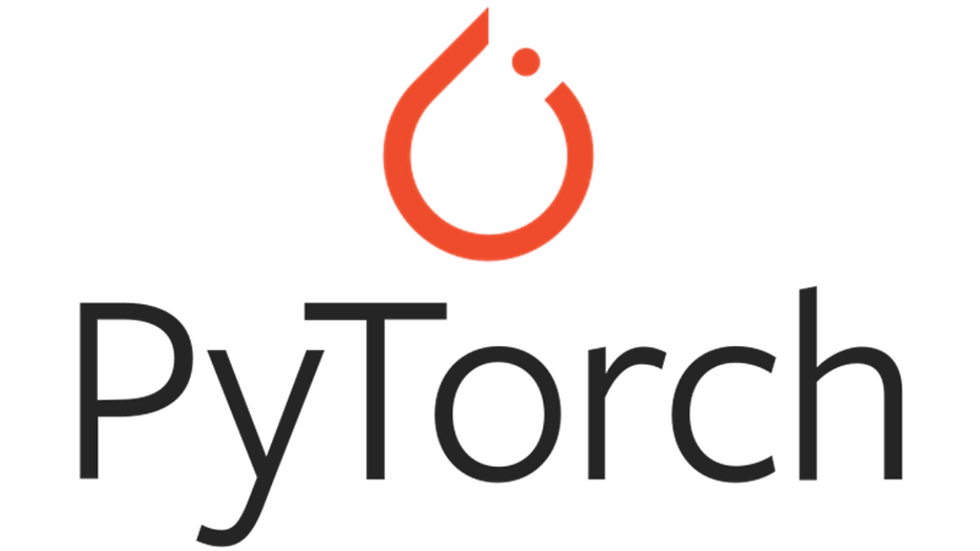Introduction To Pytorch | Pytorch Assignment Help
- Pushkar Nandgaonkar
- Feb 21, 2023
- 2 min read
What is PyTorch?
PyTorch is an open-source machine learning library that is primarily used for deep learning tasks, such as computer vision and natural language processing. PyTorch was developed by Facebook's AI Research team and was released in 2016. PyTorch provides a simple and flexible Python API for building and training deep learning models.
PyTorch is based on the Torch library, which is written in Lua. However, PyTorch is written in Python and provides a more user-friendly API compared to Torch. PyTorch allows for dynamic computation graphs, which means that the graph is generated on the fly during runtime. This provides more flexibility when building and modifying deep learning models.

Why use PyTorch?
PyTorch is becoming increasingly popular in the deep learning community because of its flexibility and ease of use. Here are a few reasons why you should use PyTorch for your deep learning projects:
Dynamic computation graphs: PyTorch's dynamic computation graphs allow for more flexibility when building and modifying deep learning models. This means that you can change the model architecture on the fly and perform more complex computations with ease.
Pythonic API: PyTorch's Pythonic API is easy to learn and use, making it a great choice for both beginners and experienced deep learning practitioners.
Large community: PyTorch has a large and active community of developers and users who contribute to the development and improvement of the library. This means that you can get help and support from the community when you need it.
Excellent documentation: PyTorch has excellent documentation that is easy to follow and provides clear examples for how to use the library.
Wide range of applications: PyTorch is suitable for a wide range of deep learning applications, including computer vision, natural language processing, and more.
Installing PyTorch
Here are the steps to install PyTorch on your local machine:
Steps:
1. First, make sure you have Python 3.6 or later installed on your machine.
2. Next, go to the PyTorch website at https://pytorch.org/ and select your desired installation method. You can install PyTorch via pip, conda, or by downloading the source code and building it manually.
3. If you choose to install PyTorch via pip, open a terminal window and enter the following command:
pip install torch torchvision This will install the latest version of PyTorch and torchvision, which is a package that provides datasets, transforms, and models for computer vision tasks.
4. If you choose to install PyTorch via conda, enter the following command in a terminal window:
conda install pytorch torchvision -c pytorch This will install the latest version of PyTorch and torchvision via the pytorch channel on conda.
5. Once PyTorch is installed, you can verify the installation by opening a Python shell and entering the following commands:
import torch print(torch.__version__) This should print the version of PyTorch that you installed.
Conclusion
PyTorch is a powerful and flexible deep learning library that is becoming increasingly popular among researchers and practitioners in the field. With its dynamic computation graphs, Pythonic API, and large community, PyTorch is a great choice for building and training deep learning models. By following the above steps, you can easily install PyTorch and start using it for your deep learning projects.




Comments